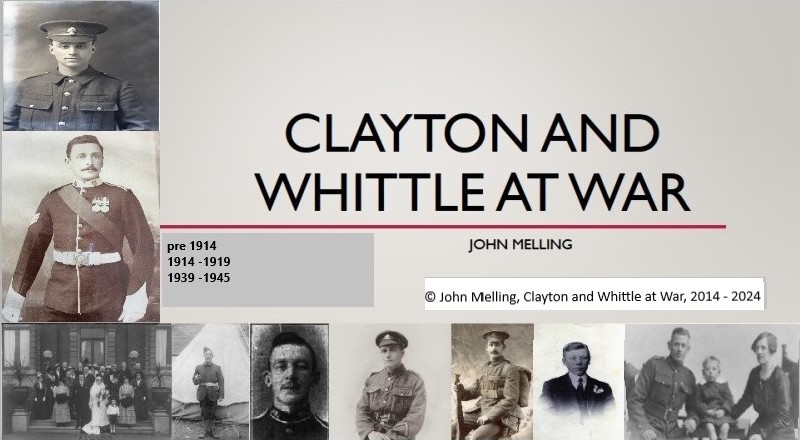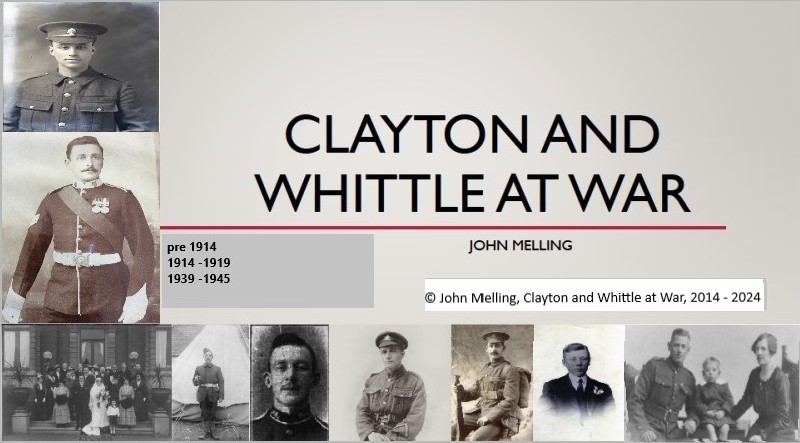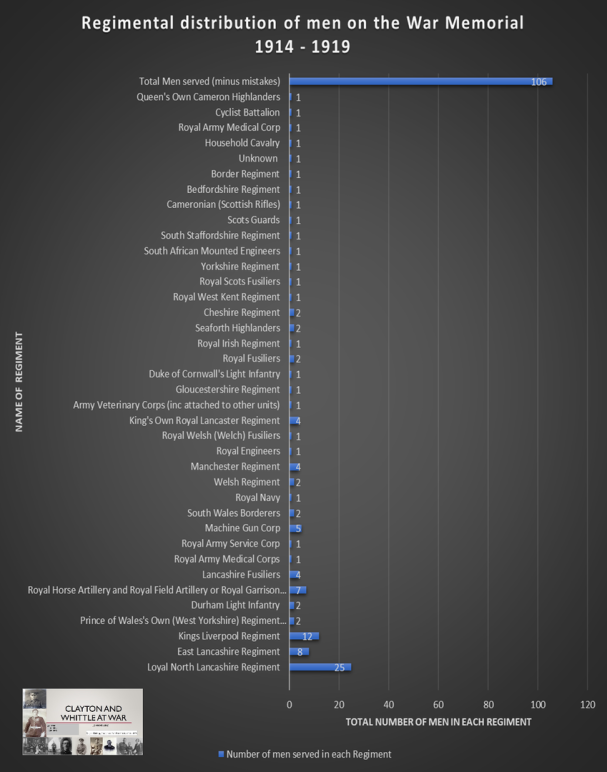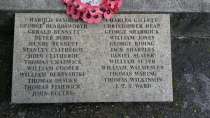
Statistics of Clayton le Woods and Whittle le Woods
Above is a chart that I have created which shows the distribution of men in each regiment from off the War Memorial 1914 -1919.
Statistics of Clayton le Woods and Whittle le Woods
I thought I would have a look at some of the local statistics regarding population, industry, and employment.
Population vs. Enlistment
Let's look at the Whittle le Woods census
The total population of Whittle le Woods was circa 2442 as of 1911.
The number of males in 1911 was circa 1183
The 1921 population of Whittle le Woods was circa 2323
The number of males in 1921 was 1090
Compare that to the 2011 census of 5434
Over 100 years that’s an increase of 2992.
So using the 1921 census means 42.75% of men from Whittle le Woods served in WW1
The percentage of men from Whittle le Woods who died in WW1 is about 22%
Now let's look at the Clayton le Woods census
In this Example... it would empty all the men from Clayton le Woods
In the 1911 Census, the population was 1053
In the 1921 Census, the population was 1001
The number of males in 1921 was circa 424 = Every male in Clayton le Woods
The Clayton le Woods census in 2011 was 14,532
Again over 100 years, that’s an increase of 13,479.
So using the 1921 census means 109% of men from Clayton le Woods served in WW1
With 25%, who died
Could you Imagine if this Clayton le Woods example was real?
Reality-
The men came from both Clayton le Woods and Whittle le Woods so it would be too hard to confirm and split the village percentage!
Let's just use Whittle le Woods which gives us an idea of how many served.
The actual 1921 population of Whittle le Woods is recorded as 1,090 Males (46.92%), 1,233 females (53.07%)
1090 men of all ages in 1921
So 42.75% of 1090 = 466 men found to have enlisted
9.72% of 1090 men = 106 names on the War Memorial
106 men are 22.74% of 466
I have no idea what the male population was during 1914 - 1919 but if it was higher, let's say-
1290 males.
36.12% of 1290 = 466 men found to have enlisted
Industry and Employment
The main employments for Clayton le Woods and Whittle le Woods would mostly come from the Textile\Fabric Industry for men and women, including younger children.
There were several mills and factories in the area, Swansey Mill, Low Mill, and Kem Mill
The Quarries provided stone and sand.
The Canals were used to transport various goods.
We also have Whittle Springs Brewery which employed plenty of locals, and the grain and other products used to make the Ale were brought in via the canal. The waste would be given to local animals as feed.
Agricultural work also played an important role in local trade with farms and farmland surrounding the area.
Many of the women also worked in the Domestic Service, but within a couple of years with the war breaking out, they were called upon to take over the jobs left by the men.
By 1912, the textile industry in Lancashire was at its peak and producing between 7-8 billion yards of cloth.
However! Locally the workers of Clayton and Whittle were not happy and in July 1913, strikes at Swansea Mill saw 400 workers walking out, stopping all work after they complained of poor materials being supplied.
In December 1913 they were still idle…
Now thinking about a year later, 1914
Kem Mill Printworks burned down on the evening of October 14th, 1914.
Just a few weeks before the war had just been declared!
This would have been a huge loss of work for the villages with about 170 men, women, and children employed in total and now out of jobs.
We can guess those men who were of enlistment age would end up joining up.
When WW1 started on 4 August 1914, cotton was still being exported to various countries, and yes that included Germany.
It wasn’t until 22 August 1915 that raw cotton and its waste, along with cotton yarn finally got put on a contraband list.
Many of the countries we exported to also began to produce their own products
This contributed to the job losses and mill closures that would continue across Lancashire for more than half a century later.
The loss of work and the demands of the war helped boost the number of men signing up.
Just some of the local groups, factories, employees, etc would be affected by men being sent to war
Churches
Whittle Springs Brewery
War Agricultural Committee
Whittle Harriers
Whittle Athletic FC
Bell Ringers, St John's
Whittle le Woods Cricket Club
Young Men's Bible Class
St John A D S
St Bede's Social Club
Kem Mill
Kem Mill Printworks (Lower Kem)
Swansey Mill
Various farms
Quarries
Leeds & Liverpool Canal
COPYRIGHT and PLAGIARISM
***Please contact me if you would like to use any of the information to prevent Copyright and Plagiarism issues
Whilst all the research is my own, some of the pictures are Copyright, and permission for myself to use them has been sought from various sources, including relatives.
© John Melling, Clayton and Whittle at War 2014-2024



